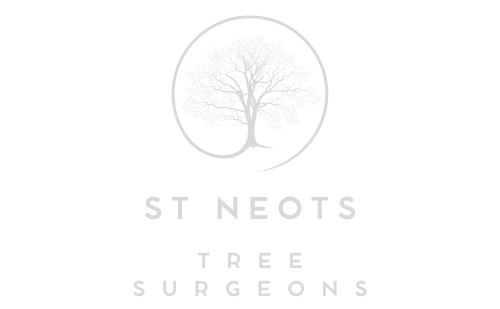Navigating the Canopy: Understanding Tree Trimming and Tree Diseases
Introduction: Trees are resilient organisms, capable of withstanding environmental pressures and adapting to changing conditions. However, like all living beings, trees are susceptible to diseases that can threaten their health and vitality. At St Neots Tree Surgeons, we recognise the interconnected relationship between tree trimming practices and tree diseases, and we’re here to provide you with the knowledge you need to protect your trees from harm. In this blog post, we’ll explore the link between tree trimming and tree diseases and offer insights into how responsible tree care practices can help mitigate these risks.
1. The Importance of Proper Pruning:
When performed correctly, tree trimming can promote trees’ health and vigour by removing dead, diseased, or structurally compromised branches. However, improper pruning techniques or overzealous trimming can leave trees vulnerable to infection and disease. Cuts made too close to the trunk or branch collar can create entry points for pathogens, while excessive pruning can weaken trees and compromise their ability to defend against disease.
2. Pruning and Disease Prevention:
Proactive tree trimming plays a crucial role in disease prevention by removing potential sources of infection and promoting optimal tree health. Deadwood removal, crown thinning, and canopy elevation are all pruning techniques that can reduce the risk of disease by improving air circulation, reducing moisture retention, and minimising opportunities for pathogens to proliferate. By maintaining a healthy balance of branches and foliage, arborists can help trees resist disease and recover more effectively from environmental stressors.
3. Identifying Disease Symptoms:
Regular tree trimming allows arborists to inspect trees closely for signs of disease and infection. Common symptoms of tree diseases include leaf discolouration, dieback, canopy thinning, and fungal growth or cankers on branches or trunks. By promptly identifying and addressing disease symptoms during routine trimming operations, arborists ca n implement targeted treatment strategies to mitigate the spread of infection and preserve the health of affected trees.
4. Promoting Tree Resilience:
Healthy, well-maintained trees are better equipped to resist disease and recover from environmental stressors like drought, pests, and extreme weather events. Regular tree trimming promotes tree resilience by removing weak or diseased branches, reducing resource competition, and encouraging vigorous growth. By investing in proactive tree care practices, property owners can help strengthen the immune systems of their trees and minimise the risk of disease outbreaks.
5. Consulting with Certified Arborists:
When it comes to tree trimming and disease management, it’s essential to seek guidance from qualified and experienced arborists who understand the complexities of tree health and pathology. Certified arborists possess the knowledge, skills, and expertise to assess tree health, diagnose diseases, and implement effective treatment plans. By consulting with arborists trained in integrated pest management (IPM) principles, property owners can ensure that tree-trimming practices are conducted to promote both tree health and disease prevention.
Conclusion: Tree trimming and tree diseases are intricately linked, with responsible pruning practices crucial in disease prevention and management. Property owners can protect their trees from harm and promote their long-term health and vitality by adhering to proper pruning techniques, identifying disease symptoms early, and consulting with certified arborists.
Call us on: 01480 776 299
Click here to find out more about St Neots Tree Surgeons
Click here to complete our contact form and see how we can help with your tree’s needs.

